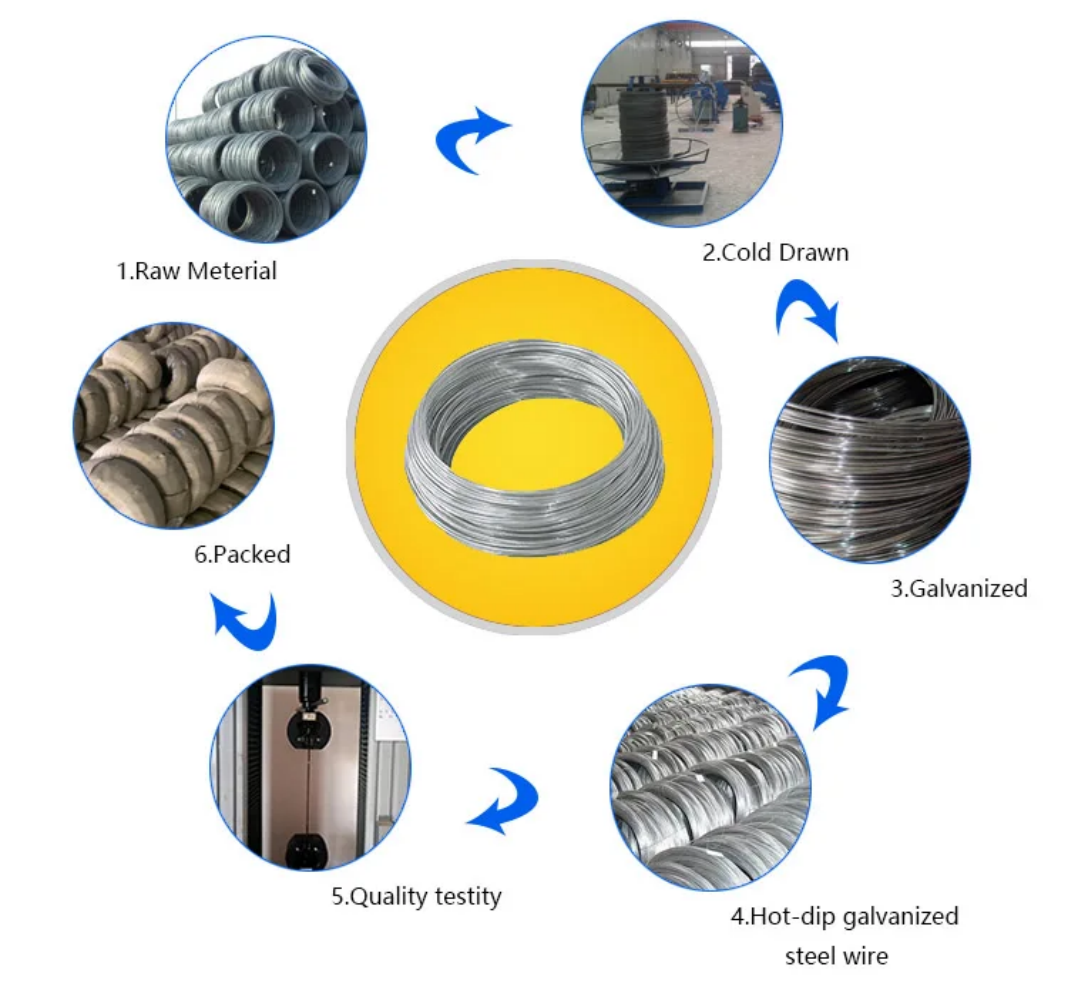Woven Wire Mesh Versus Welded Wire Mesh Comparison and Applications Guide
Woven vs. Welded Wire Mesh A Comprehensive Comparison
Wire mesh is an essential material used in a variety of applications, from construction to agriculture. Among the most commonly used types of wire mesh are woven and welded wire meshes. Both types have their unique characteristics, benefits, and ideal uses. This article explores the differences between woven and welded wire mesh to help you make an informed decision for your project.
Understanding Woven Wire Mesh
Woven wire mesh is created by weaving individual wire strands together to form a grid-like structure. This process typically uses a loom, which interlaces the vertical (warp) and horizontal (weft) wires, creating a flexible and adaptable material. The openings in woven wire mesh can vary in size and shape, making it suitable for a wide range of applications.
Advantages of Woven Wire Mesh
1. Flexibility and Versatility Woven wire mesh can be made with different wire gauges and configurations, allowing for a variety of uses. This flexibility makes it ideal for applications such as fencing, animal enclosures, and filtration systems.
2. Lightweight The lighter nature of woven wire mesh compared to welded alternatives often makes it easier to handle and install, especially in larger projects.
3. Cost-Effective Woven wire meshes are generally less expensive to produce than welded meshes, which can be beneficial when budget constraints are a consideration.
4. Good air flow and drainage The open weave structure allows for the passage of air and water, making it useful in landscaping, gardening, and drainage systems.
Understanding Welded Wire Mesh
Welded wire mesh, on the other hand, is made by welding intersecting steel wires at their junctions. This creates a robust and rigid structure that is both stronger and sturdier compared to woven wire mesh. The size and spacing of the openings in welded mesh are consistent, providing a high degree of uniformity.
woven vs welded wire mesh

Advantages of Welded Wire Mesh
1. Strength and Durability Welded wire mesh is incredibly strong due to its welded joints, making it suitable for heavy-duty applications like reinforced concrete, industrial flooring, and structural support.
2. Consistent Opening Sizes The uniform grid pattern of welded wire mesh ensures that openings are of the same size throughout, providing a more controlled environment for applications such as landscaping or containment.
3. Less Likely to Deform The welded nature of this mesh means it is less prone to bending or warping under pressure, making it ideal for security applications and environments subject to heavy loads.
4. Easy to Install Welded wire mesh can be easier to install due to its rigid structure. It can be cut to size and shaped as required without losing its form.
Applications of Woven vs. Welded Wire Mesh
The choice between woven and welded wire mesh often depends on the specific requirements of a project
- Woven Wire Mesh Commonly used in applications such as fencing for livestock, security screening for windows, and as a foundation material in gardens. Its adaptability makes it suitable for environments that require a flexible barrier.
- Welded Wire Mesh Often preferred in construction for reinforcing concrete, in industrial settings for partitions and barriers, and in high-security applications where strength is paramount.
Conclusion
In summary, both woven and welded wire meshes offer distinct advantages and are suited to different applications. Woven wire mesh is flexible and cost-effective, making it great for lighter, more adaptable projects. In contrast, welded wire mesh provides strength and reliability for heavy-duty applications. When selecting the appropriate type for your needs, consider factors such as purpose, load-bearing requirements, and budget. By doing so, you can ensure that you choose the best wire mesh for your project, optimizing both performance and cost-efficiency.
-
Weather Resistance of Woven Wire and Chicken Wire Fencing MaterialsNewsJun.05,2025
-
Umbrella Nails Innovations in Roofing Fasteners for Wind ResistanceNewsJun.05,2025
-
Modern Barbed Wire Fence Designs for Perimeter ProtectionNewsJun.05,2025
-
How Iron Nail Wire Enhances Nail Strength and Installation EfficiencyNewsJun.05,2025
-
High-Security Razor Fence Solutions for Perimeter ProtectionNewsJun.05,2025
-
Durable Wire Netting Fence Solutions for Animal EnclosuresNewsJun.05,2025




